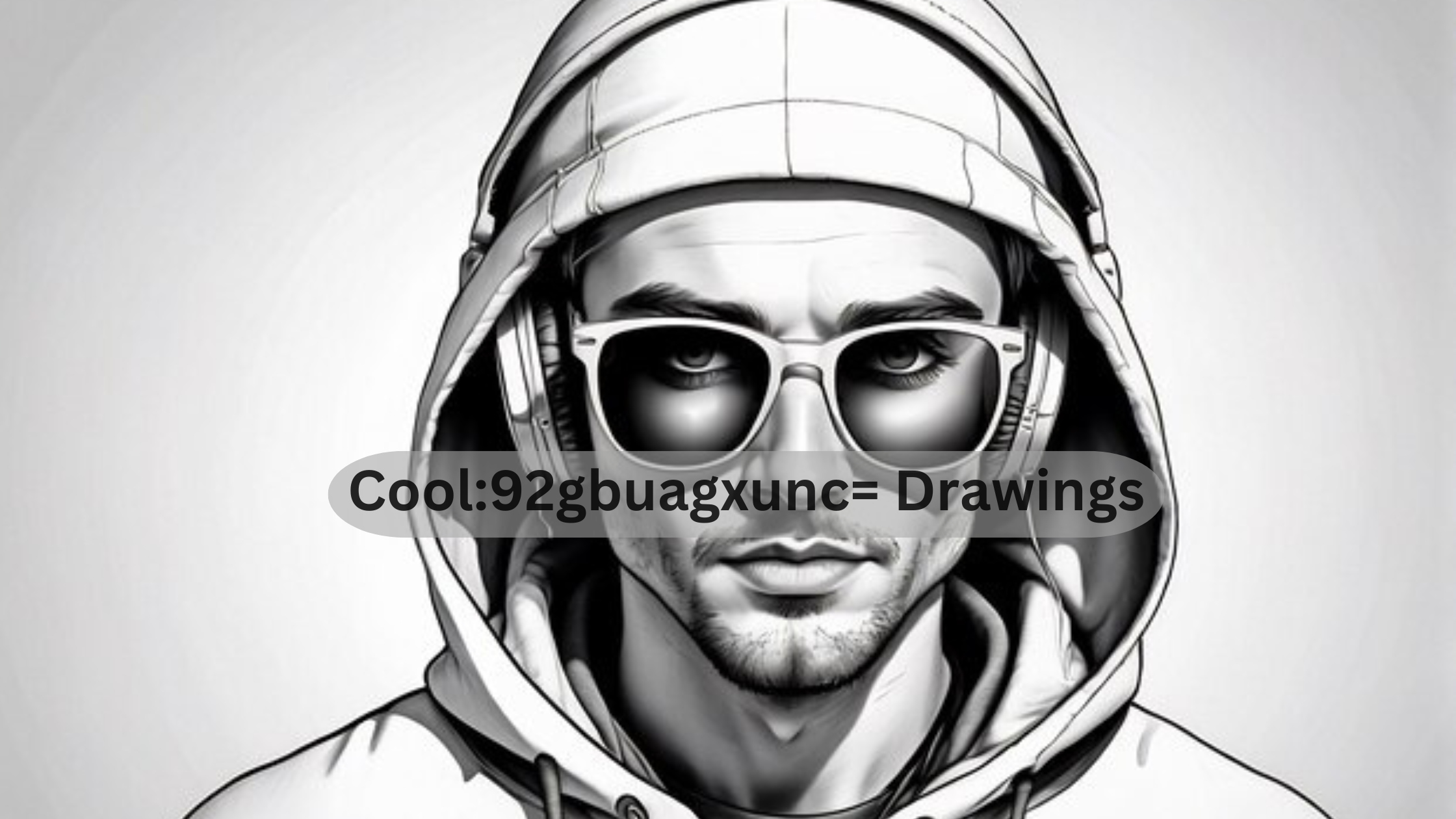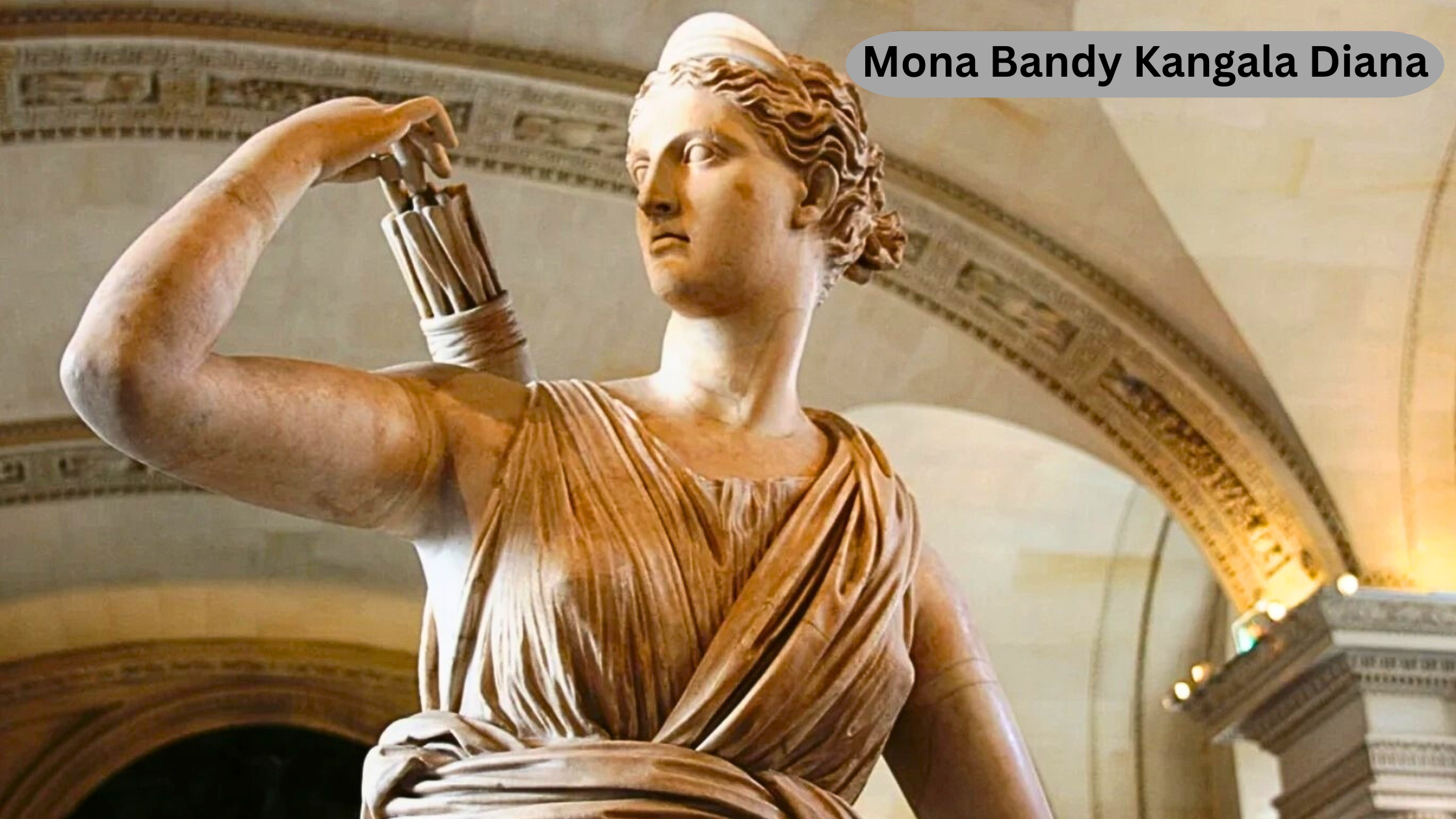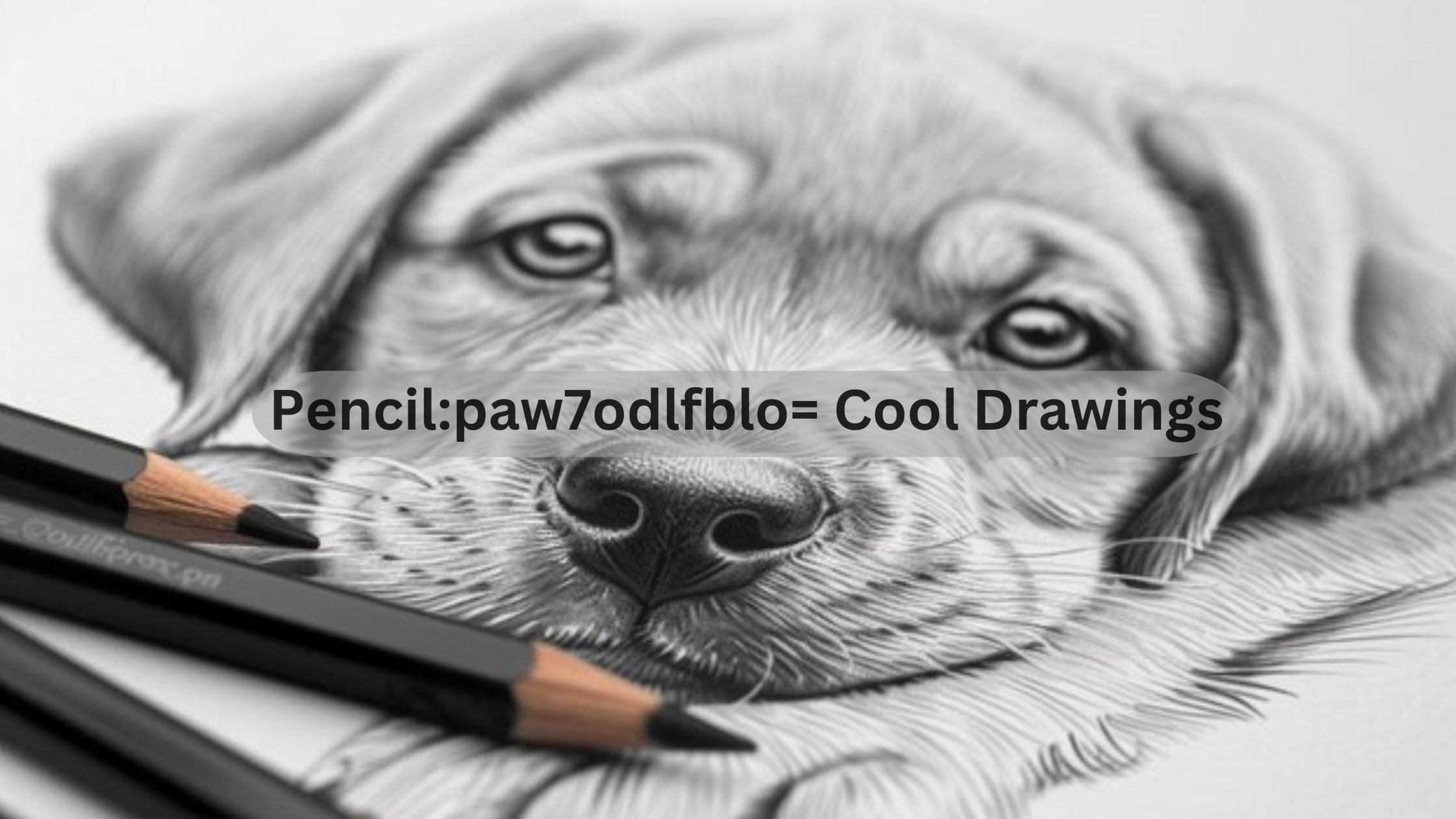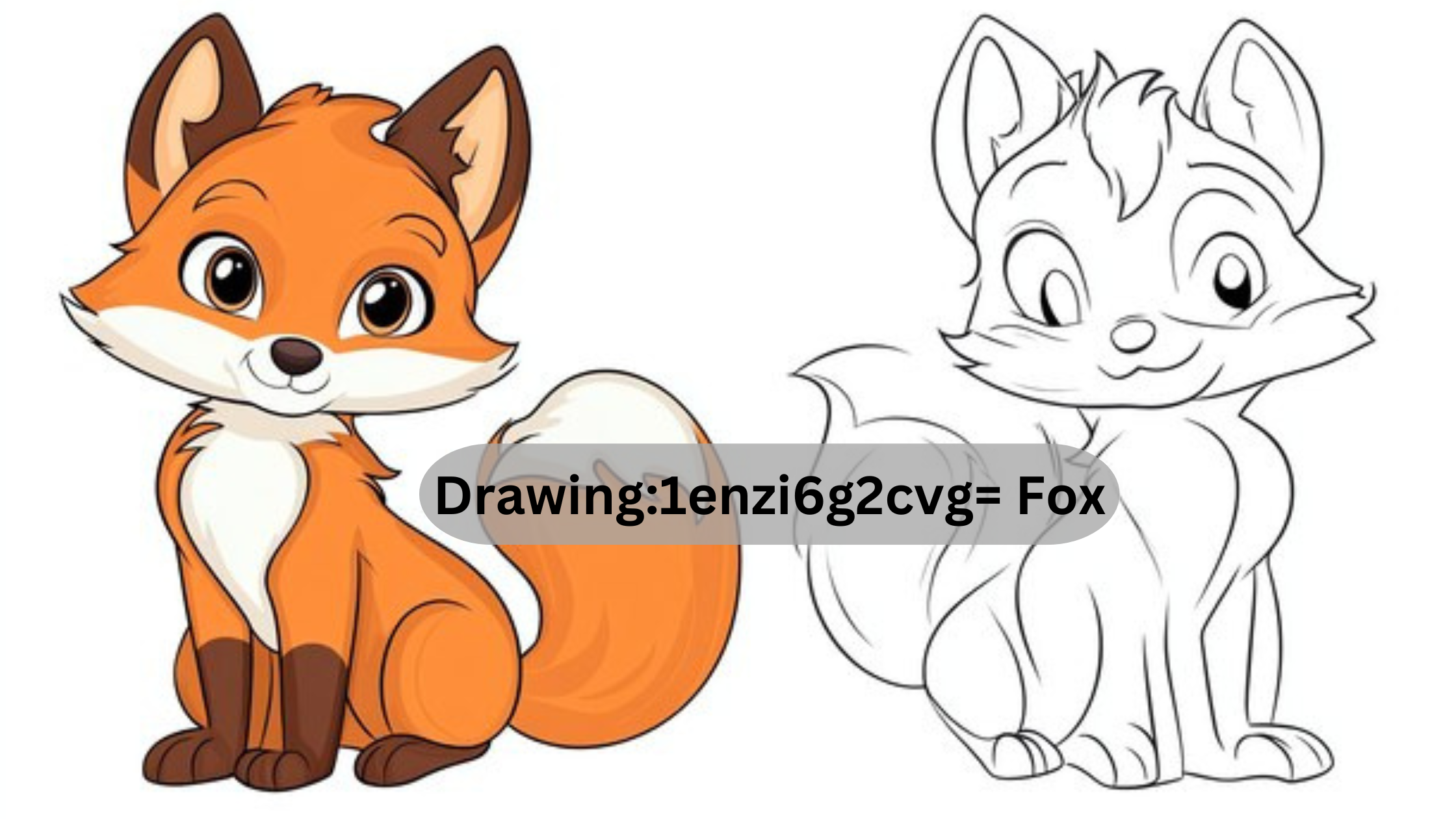Cool:92gbuagxunc= Drawings are a fantastic way to express creativity and showcase unique artistic talent. Whether you are a beginner or an experienced artist, creating cool drawings can be both fun and rewarding. This article will guide you through some key aspects of making your drawings stand out, from choosing the right tools to mastering specific techniques.
Cool:92gbuagxunc= Drawings: The Art of Sketching
Sketching is the foundation of many cool:92gbuagxunc= drawings. Whether you’re designing characters, landscapes, or abstract art, sketching allows you to capture your initial ideas on paper. By starting with a rough outline, you can explore different shapes and compositions before finalizing your piece.
Begin by using simple pencils or charcoal to map out the basic structure of your drawing. Keep your lines light so you can easily erase and adjust your design. As you become more confident, add more detail to your sketch, focusing on the form, proportions, and balance of your artwork.
Mastering Shading Techniques for Cool:92gbuagxunc= Drawings
One of the most effective ways to bring depth and dimension to your cool:92gbuagxunc= drawings is by mastering shading techniques. Shading helps to create the illusion of light, shadow, and texture, giving your drawings a more realistic or dynamic appearance.
There are several shading techniques to explore, such as hatching, cross-hatching, stippling, and blending. Hatching involves drawing closely spaced parallel lines, while cross-hatching uses overlapping lines.
Stippling consists of creating dots, and blending is done by smudging graphite or charcoal. Experiment with these techniques to add depth and texture to your drawings.
Cool:92gbuagxunc= Drawings: Exploring Different Styles
Creating cool:92gbuagxunc= drawings is not just about technical skills; it’s also about developing your own unique style. Artists often experiment with different styles, such as realism, abstract, cartoon, or surrealism. Each style allows you to convey your artistic voice in different ways.
For example, if you’re drawn to realism, focus on accurate representations of your subjects, paying attention to fine details and proportions.
In contrast, abstract art allows you to play with shapes, colors, and lines without being confined to realistic depictions. Cartoon and surrealism offer more creative freedom, letting you bend reality and explore imaginative ideas.
Choosing the Right Tools for Cool:92gbuagxunc= Drawings
The tools you use play a significant role in the outcome of your cool:92gbuagxunc= drawings. While pencils are the most common medium for sketching and drawing, there are many other tools that can enhance your work.
For instance, colored pencils, markers, and ink pens can add vibrant hues to your drawings. Watercolors and gouache offer a softer, more fluid look, while pastels create a rich, textured effect.
Choosing the right paper is also crucial, as different textures and weights can affect the way your drawings turn out. Experiment with various tools to find what suits your style best.
Cool:92gbuagxunc= Drawings: The Importance of Perspective
Incorporating perspective into your cool:92gbuagxunc= drawings can dramatically improve their realism and depth. Perspective allows you to create the illusion of space and distance, making objects in the foreground appear larger and more detailed while those in the background seem smaller and further away.
There are two main types of perspective: one-point and two-point. One-point perspective involves a single vanishing point, while two-point perspective uses two vanishing points. Practicing these techniques will help you create dynamic compositions that draw the viewer’s eye into your artwork.
Enhancing Your Cool:92gbuagxunc= Drawings with Color Theory
Color plays an important role in making your cool:92gbuagxunc= drawings visually striking. Understanding color theory can help you choose the right color combinations and create a mood or atmosphere in your artwork.
The color wheel is a helpful tool for selecting complementary, analogous, or monochromatic color schemes. Complementary colors, like blue and orange, create contrast, while analogous colors, such as blue and green, offer harmony.
Monochromatic schemes use different shades of the same color, creating a more subtle effect. Mastering color theory will allow you to convey emotions and energy through your drawings.
Cool:92gbuagxunc= Drawings: Finding Inspiration
When creating cool:92gbuagxunc= drawings, finding inspiration can be one of the most enjoyable parts of the process. Inspiration can come from various sources, such as nature, pop culture, architecture, or even other artworks. The more you explore different subjects, the more ideas you’ll have to bring to your own drawings.
Don’t be afraid to mix different themes and concepts to create something entirely unique. Many artists also find inspiration by practicing daily, sketching ideas that come to mind, and allowing their creativity to flow without overthinking. Keeping a sketchbook or mood board can help you gather your ideas and inspiration for future projects.
Improving Your Cool:92gbuagxunc= Drawings Through Practice
As with any skill, practice is essential to improving your cool:92gbuagxunc= drawings. The more time you spend drawing, the more comfortable you will become with different techniques and tools.
Set aside time each day to sketch, even if it’s just for a few minutes. Consistent practice will help you develop muscle memory, improve your eye for detail, and boost your confidence as an artist.
Remember that not every drawing has to be perfect. Mistakes are part of the learning process, and sometimes, they can lead to unexpected discoveries. Over time, you’ll start to notice improvements in your line work, shading, and overall composition.
Conclusion: Mastering Cool:92gbuagxunc= Drawings
In conclusion, cool:92gbuagxunc= drawings offer endless possibilities for artistic expression. Whether you’re just starting or are an experienced artist, there is always room to improve your skills and explore new techniques. From mastering shading and perspective to experimenting with different styles and tools, creating unique and visually striking drawings takes time and dedication.
The key to making your drawings stand out is to practice regularly, stay inspired, and continuously challenge yourself to try new things. By doing so, you can transform your passion for drawing into a lifelong artistic journey.











